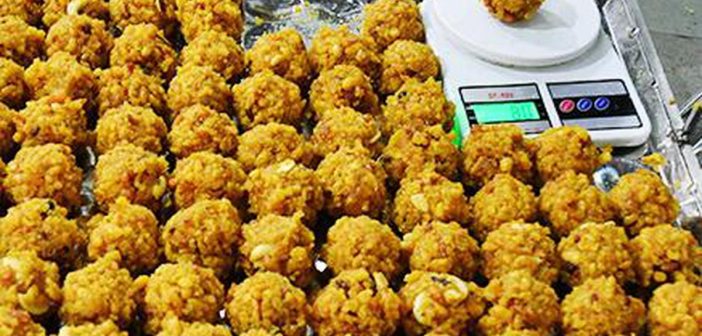The tradition of offering prasadam—a blessed offering symbolizing divine grace—has increasingly become commercialized in many Indian temples. For genuine devotees, this shift toward paid distribution has eroded the sanctity of the practice. One recent controversy surrounds the revenue generated by ladoo prasadam from the famous Tirupati Balaji Temple, which reportedly amassed over ₹500 crores (₹0.5 billion) in sales in recent years.
While temples have historically accepted donations in kind or cash as part of spiritual service, the introduction of mandatory payment for prasadam raises concerns about accessibility for all worshippers. The Tirupati Temple, for instance, charges ₹50 for its iconic ladoo, which many pilgrims view as a spiritual obligation rather than an option. With millions visiting each year, the temple collects significant revenue, but this has also led to debates on how the funds are used.
Financial Pressure on Devotees
For economically disadvantaged devotees, the rising costs of offerings such as prasadam and darshan tickets, particularly at major pilgrimage centers like Tirupati, can turn a spiritual journey into a financial burden. The commercialization also diminishes the inclusivity of the religious experience, restricting access to those unable to afford such costs.
In the case of Tirupati, the temple’s prasadam sales contribute to an annual revenue exceeding ₹3,000 crores. However, only a fraction of this is directed toward philanthropic activities or maintaining temple services. The transparency of fund utilization has thus come under scrutiny, fueling dissatisfaction among devotees who feel that sacred offerings have been reduced to profit-making ventures.
Controversy Surrounding Tirupati’s ₹0.5 Billion Ladoos
The recent controversy involving the ₹500 crore in revenue generated from Tirupati ladoos has added fuel to the debate. Devotees and religious leaders are questioning whether the commercialization of sacred food offerings aligns with the principles of spiritual service. Moreover, many argue that funds from prasadam sales should be fully utilized for public welfare or temple maintenance, rather than bolstering temple wealth. Critics assert that this emphasis on revenue undermines the spiritual essence of prasadam, which is meant to be an egalitarian and divine offering for all, not a monetized commodity.
The Broader Impact on Indian Temple Culture
The trend of charging for prasadam is not limited to Tirupati. Across India, major pilgrimage sites like Shirdi, Vaishno Devi, and Puri Jagannath have implemented similar practices. This shift reflects a broader commercialization of temple culture, wherein sacred offerings are increasingly intertwined with economic transactions. The repercussions are multifaceted: on the one hand, it allows temples to generate necessary funds for maintenance, but on the other, it fosters inequality by creating a paywall around religious experiences.
In conclusion, the increasing commercialization of prasadam has sparked an important debate about the role of temples in contemporary society. While revenue from these offerings supports temple upkeep, it also risks alienating economically vulnerable devotees and undermining the spiritual ethos of selfless offerings.





